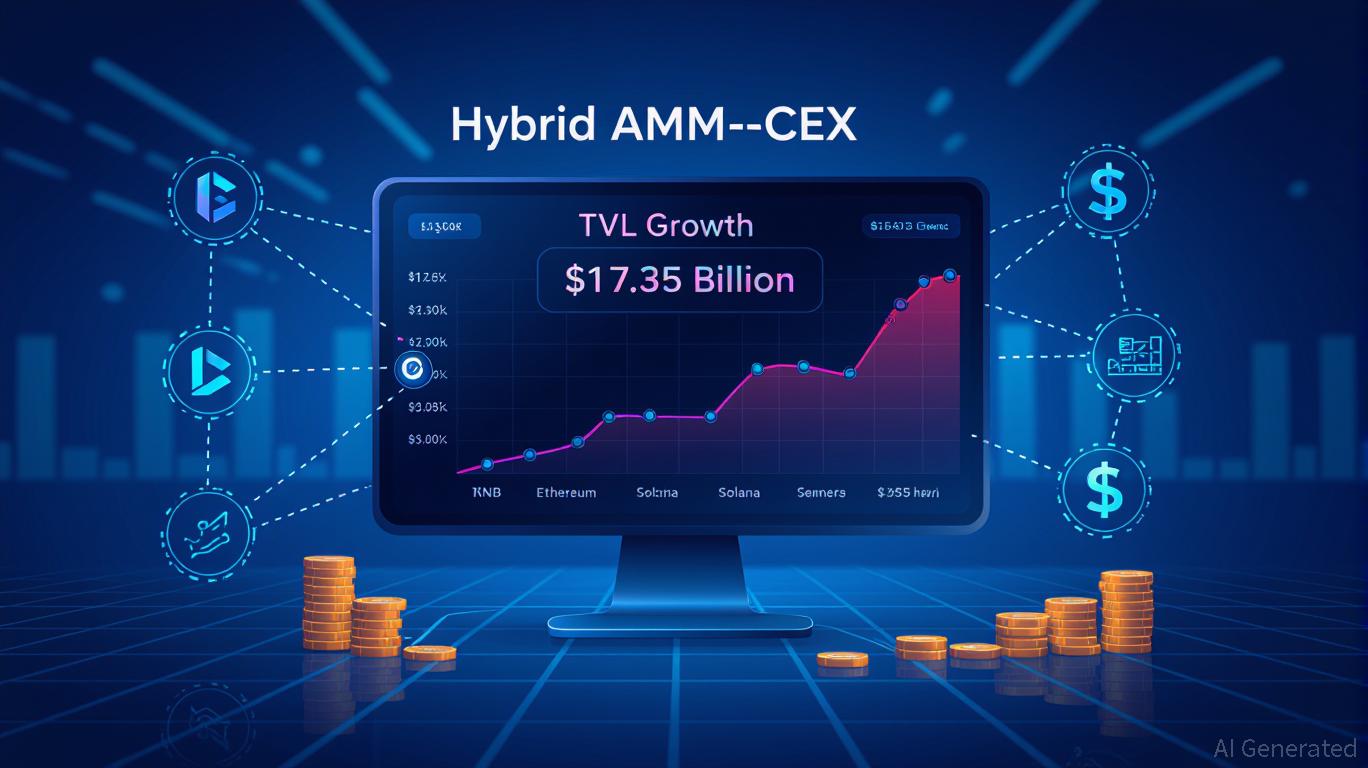As traditional banks pull back, Tether rapidly steps in to meet the demand for commodity lending, offering both swift action and significant capacity
- Tether plans to expand commodity lending with $1.5B in credit, using $200B reserves to enter high-yield trade finance. - The move fills a void left by traditional banks, offering faster loans in minutes via USD and USDT, targeting emerging markets. - Hiring HSBC experts and leveraging gold reserves, Tether aims to bridge traditional and digital assets through its gold-backed token.
The stablecoin powerhouse
This commodities lending initiative operates under Tether’s Trade Finance division, which was established in 2022, and is kept separate from the reserves backing its stablecoins. Ardoino highlighted that the company’s financial strength, fueled by interest from Treasury bills and other liquid investments, enables it to rival traditional banks in a market where smaller traders often struggle to secure credit. “We’re planning a major expansion,” he stated, adding that the team is “extremely optimistic” about the project’s prospects.
Tether’s move into commodity finance is partly a response to the gap left by conventional lenders. In recent years, banks have reduced their exposure to riskier markets due to stricter regulations and several notable defaults. As a result, smaller commodity traders, who lack access to large institutional credit, are facing tighter liquidity.

This approach is part of Tether’s broader effort to diversify beyond stablecoins. The company now holds one of the world’s largest private gold reserves, with over $12 billion in physical gold as of September 2025.
Tether’s push into commodity lending also reflects its confidence in the short-term, high-turnover nature of trade finance. Unlike long-term loans, commodity credit is usually repaid within weeks as goods are shipped and sold, allowing for rapid returns. For instance, shipping wheat or oil often takes less than a month, enabling Tether to quickly recover its funds. This model differs from that of traditional banks, which typically require extensive checks and collateral.
Regulatory oversight continues to be a hurdle, as Tether’s financial statements are not audited. Nevertheless, Ardoino anticipates $15 billion in profits for 2025, mainly from interest on its reserves. The company has also faced scrutiny over the transparency of its gold assets, though it asserts that its holdings are fully backed and regularly verified.
Experts in the industry believe Tether’s expansion could reshape the commodity trading sector. By offering attractive rates and utilizing its stablecoin infrastructure, Tether may appeal to traders seeking quicker access to funding. Additionally, the use of USDT in lending could drive greater adoption of the token in developing markets, where dollar liquidity is essential but banking services are limited.
As Tether grows its commodity lending business, it must balance the risks of volatile markets with the need to uphold its reputation for reliability. Success in this area could further establish Tether as a key link between traditional finance and digital assets, reinforcing its leadership in the stablecoin industry.
---
Disclaimer: The content of this article solely reflects the author's opinion and does not represent the platform in any capacity. This article is not intended to serve as a reference for making investment decisions.
You may also like
DASH Aster's DEX Launch and the Emerging Era of Decentralized Finance
- DASH Aster DEX introduces a hybrid AMM-CEX model, merging liquidity depth with decentralized transparency to address DeFi scalability challenges. - Its yield-collateral mechanism enables dual-income streams (trading + staking), driving $17.35B TVL within a month of its token launch. - Institutional backing from Binance and Coinbase , alongside multi-chain support, boosted retail adoption, achieving $27.7B daily trading volume by Q3 2025. - Regulatory uncertainties and high-leverage risks remain critical

DASH Soars by 150% in November 2025: Key Drivers, Market Impact, and Potential for Investors
- DoorDash's DASH stock surged 150% in Nov 2025 due to institutional reentry and regulatory clarity after a $18M Chicago settlement. - Strategic innovations like autonomous delivery and blockchain logistics repositioned DoorDash as a hybrid tech-crypto leader. - The rally aligned with macro trends: dovish Fed policy, stable inflation, and crypto market rebound, attracting risk-on capital. - While 24.46% YoY revenue growth shows promise, competition and Goldman Sachs' $279 price target highlight execution r

Why Are Bitcoin, XRP, Solana and Ether Falling While Gold and Silver Surge?

Solana (SOL) Dips To Test Key Support — Could This Pattern Trigger an Rebound?
